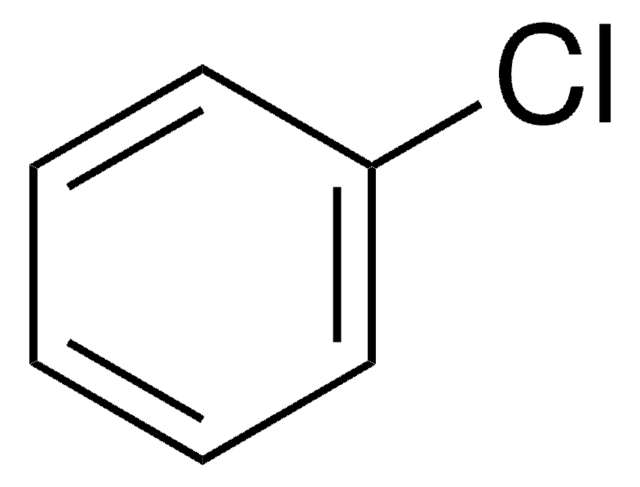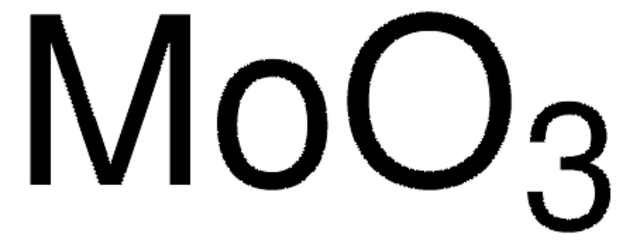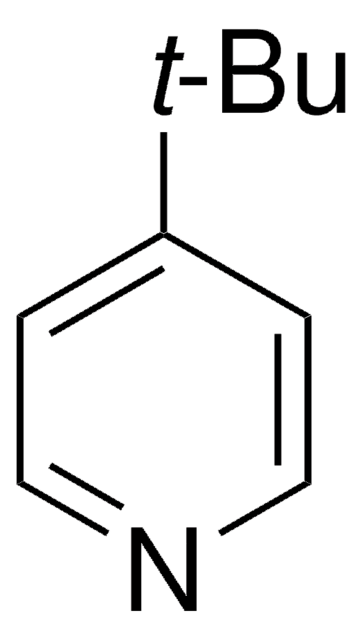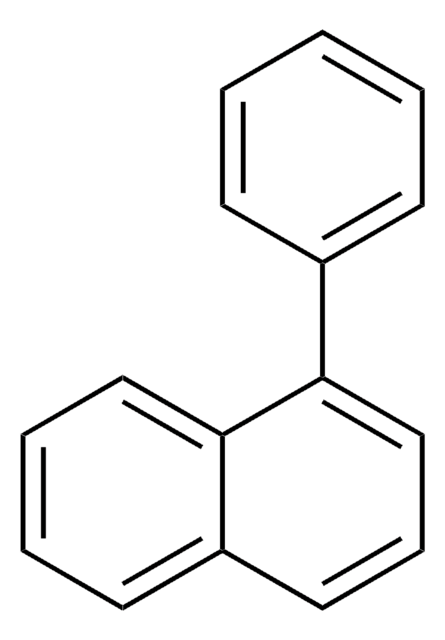Wichtige Dokumente
250295
1,8-Diiodoctan
98%, contains copper as stabilizer
Synonym(e):
Octamethylendiiodid
About This Item
Empfohlene Produkte
Assay
98%
Form
liquid
Enthält
copper as stabilizer
Brechungsindex
n20/D 1.5653 (lit.)
bp
167-169 °C/6 mmHg (lit.)
Dichte
1.84 g/mL at 25 °C (lit.)
Funktionelle Gruppe
iodo
SMILES String
ICCCCCCCCI
InChI
1S/C8H16I2/c9-7-5-3-1-2-4-6-8-10/h1-8H2
InChIKey
KZDTZHQLABJVLE-UHFFFAOYSA-N
Suchen Sie nach ähnlichen Produkten? Aufrufen Leitfaden zum Produktvergleich
Verwandte Kategorien
Anwendung
- to improve the morphology and the efficiency of bulk heterojunctions solar cells, based on the regioregular poly(3-hexylthiophene) and a soluble fullerene derivative
- to improve the power conversion efficiency of polymer solar cells
H-Sätze
P-Sätze
Gefahreneinstufungen
Aquatic Chronic 4
Lagerklassenschlüssel
10 - Combustible liquids
WGK
WGK 3
Flammpunkt (°F)
235.4 °F - closed cup
Flammpunkt (°C)
113 °C - closed cup
Persönliche Schutzausrüstung
Eyeshields, Gloves, type ABEK (EN14387) respirator filter
Hier finden Sie alle aktuellen Versionen:
Besitzen Sie dieses Produkt bereits?
In der Dokumentenbibliothek finden Sie die Dokumentation zu den Produkten, die Sie kürzlich erworben haben.
Kunden haben sich ebenfalls angesehen
Unser Team von Wissenschaftlern verfügt über Erfahrung in allen Forschungsbereichen einschließlich Life Science, Materialwissenschaften, chemischer Synthese, Chromatographie, Analytik und vielen mehr..
Setzen Sie sich mit dem technischen Dienst in Verbindung.















